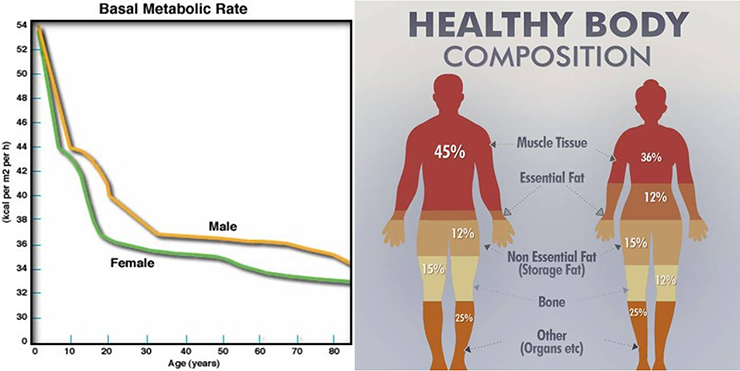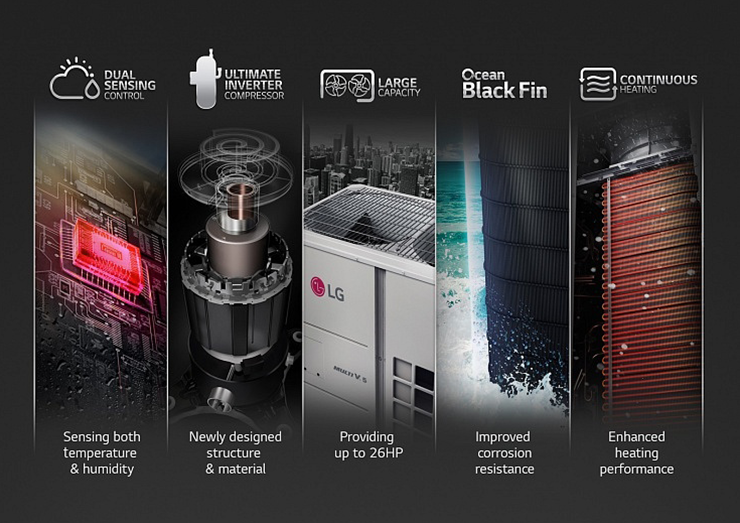Are women turning up the temperature at work? There is an ongoing war for temperature dominance across all corners of the office. Most of us have experienced being scolded by our fathers for touching the thermostat at home. Our fathers were trying to save money by keeping us from turning down the temperature of the air conditioning. But another more prominent battle surrounding the thermostat has half of the population actually turning the temperature up. Over the years, studies have come to light that shows that there may be a good reason for this.

Workforce personnel has drastically changed over the past 50 years
In 2016, a study reported in the Nature Climate Change journal stated that the temperatures in offices in the US are based on policies from the 1960s where the average employee was a 154-pound, 40-year-old male. But workforces have changed drastically since the 60s and a large percentage of employees are now female. The Nature Climate Change study also points out that the average comfortable temperature is 25°C (77°F) for women and 22°C (71.6°F) for men. This is leaving women covering up in sweaters and blankets while at work.

Differences in metabolism and body mass composition in men vs. women
While men and women both have the same average body temperature of 37°C (98.6°), biological differences cause women to generally have lower metabolism levels and generate less body heat. The differences in what women and men typically wear at the office is also another factor in why women may feel colder. Women tend to wear skirts and sleeveless shirts while men are more likely to wear suits, long sleeve shirts, and undershirts. Does it make sense to keep half the workplace population shivering and uncomfortable? Surely not, and there are plenty of reasons why making adjustments to create a comfortable working environment for everyone is a good idea.

A study released in 2010* found that while extremely high temperatures can have negative effects on worker efficiency, it states that lower temperatures also inhibit employee productivity. Creating a suitable environment temperature for the entirety of the workforce would certainly benefit both employees and employers. Raising office temperatures slightly to find a balance in comfort for all employees also reduces energy consumption and saves money. The US Department of Energy sites a significant amount of energy saving when turning the thermostat temperature up even slightly during the summer. Indoor temperatures that are closer to outdoor temperatures also result in slower temperature loss from the indoor environment.

LG Multi V5 is helping to end the war.
So, how does LG factor into this ongoing war over the thermostat? LG offers a wide range of integrated control options for the HVAC systems and the Multi V 5 VRF system with Dual Sensing Control that allows for comprehensive control of all elements to maintain a consistently comfortable environment throughout any space. These systems can be seamlessly integrated into BMI systems to deliver convenience in control, energy conservation, economic savings and overall comfort.

Can men and women work together in comfort? Of course!!
Can LG end the war over the thermostat? We just might just reconcile differences and bring peace to the office!
*Hedge, Alan & E. Gaygen, Daniel. (2010). Indoor Environment Conditions and Computer Work in an Office. HVAC&R Research.
* Boris Kingma & Wouter van Marken Lichtenbelt. (2015). Energy consumption in buildings and female thermal demand. Nature Climate Change.


































